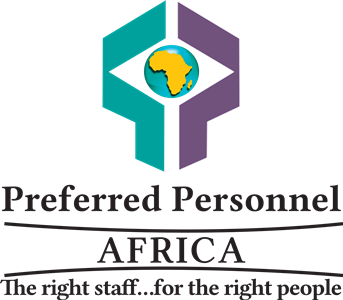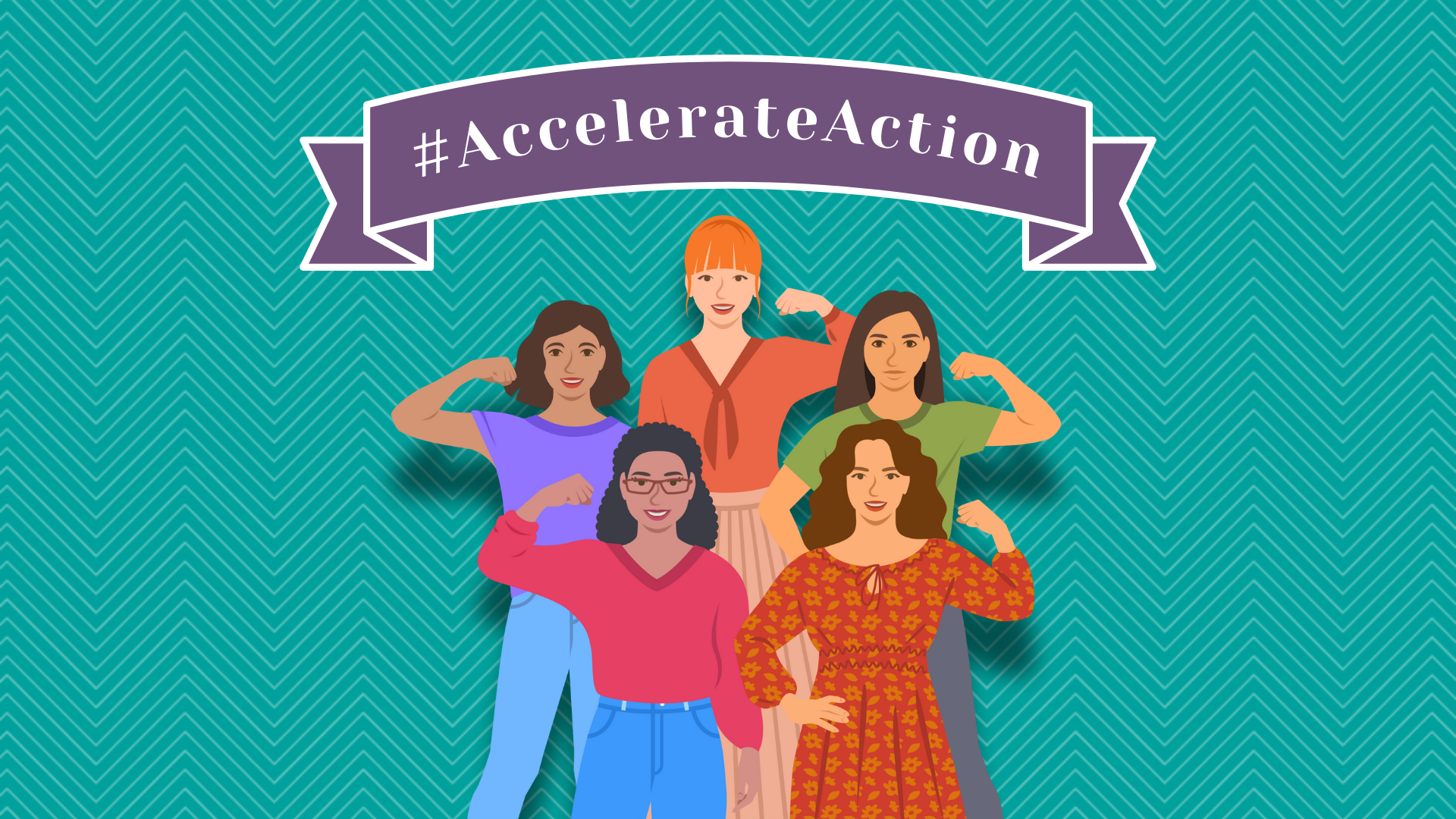By Leigh-Ann Athanasius
We know that diversity and inclusion have been talked about at length and at this point all the discourse around it may seem repetitive. However, given that at the current pace, full gender parity is projected to be achieved by 2158, approximately five generations from now (source: IWD website); it’s clear that these conversations need to continue to happen to see progress being made. So how can you as employers and HR professionals, help accelerate action and bring the achievement of gender parity a little bit closer?
Why You Should Accelerate Action
Companies with greater gender diversity generally perform better financially, are more innovative, and attract top talent. However, women continue to remain underrepresented in leadership, face wage gaps, and often struggle with workplace biases. For employers, accelerating gender equality is not about wanting to be seen as progressive or simply fill a quota, it’s a sound business initiative.
How can you Accelerate Action
1. Create a bias-free hiring process
Do you notice any bias trends in your hiring process? If you do, whether they are conscious or unconscious, implementing counter measures and strategies that reduce the likelihood of having these biases come up is essential. One way to do this would be to remove names and gender specific pronouns from CVs and application before they are reviewed by the hiring personnel. This would allow the hiring team to focus more on skills and experience than the individual themselves. It would also be beneficial to have diverse interview panels to ensure that various perspectives are represented during the interview process. This could lead to not only a more compassionate panel; but create an avenue for a more diverse workplace. Having a diverse workforce can help bring in fresh ideas that would build a more innovative, resilient and dynamic organisation. Read our article on workforce planning here that can help you face this challenge more practically.
2. Close the gender pay gap
Regularly review compensation data to identify and eliminate gender pay gaps. If discrepancies exist, take the necessary corrective action. Establishing pay bands is an easy first step to implement and ensure that employees in that position are treated fairly. Something else to consider is making employee pay more visible across the organisation. It not only helps employees at the negotiating table; but also opens the process up to scrutiny and innovation as employees and the key decision makers within the business to come up with more innovative ways to compensate staff beyond financially. We talk about innovative talent retention strategies more here.
3. Develop leadership opportunities within the company
What does your leadership pipeline look like? Is there a significant gender imbalance and if so, what could be the cause? The typical training programme of pairing high-potential women employees with senior leaders who can guide their career growth is insufficient without challenging the root cause. We talk about what organisations can do to become equitable here, and that could look like developing and providing tailored leadership development programs that prepare women for executive roles. You could set targets for gender representation at the different levels of your company and use that as the benchmark for your gender parity.
Most importantly, beyond having promotion criteria are objective, measurable, and free from unconscious bias, you have to believe in the process. It is likely that the women in your organisation already have the skills necessary to take on the higher roles for which they are being considered, but biases in the promotion process may be what is keeping them from progressing.
4. Accountability
While it is good to lay out measures to accelerate action, to truly do so, an organisation needs to actively measure and track their progress. Ensure that supervisors and managers are being held accountable on their performance reviews of staff below them to maintain unbiased promotion. As the employer or HR professional, defining specific diversity goals, assessing and rewarding the progress regularly is a great way to embed this into your workplace.
So Let’s #AccelerateAction
Accelerating gender equality isn’t just about policies, it’s about fostering a culture of inclusion, fairness, and opportunity. HR professionals and business leaders have the power to create workplaces that not only include women but empower them to thrive. The changes that take place in hiring, pay, leadership, and culture will shape the workforce of the future.
As we come to the end of International Women’s month, let’s not allow the conversations and necessary actions to end with it. As employers and HR professionals, we can take action to create meaningful and lasting impact to bring that gender parity goal just a little bit closer. Let’s not wait five generations, the work to accelerate action starts now.


